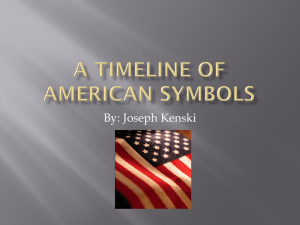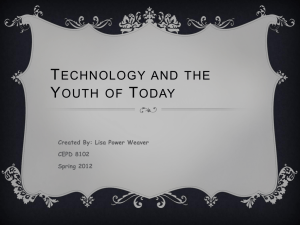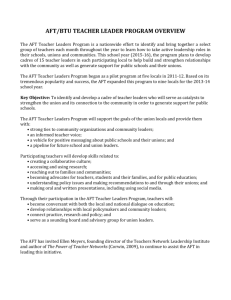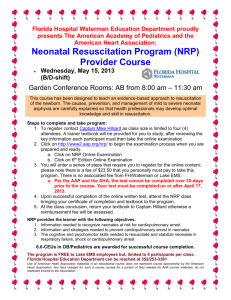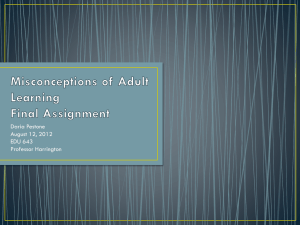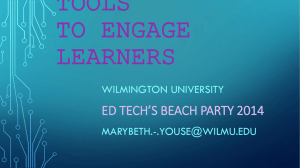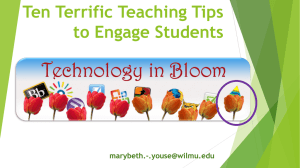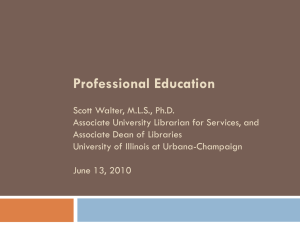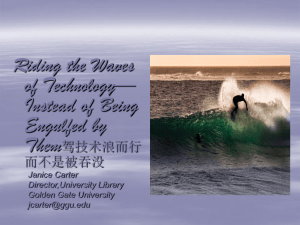Independent Reading PPT FINAL
advertisement
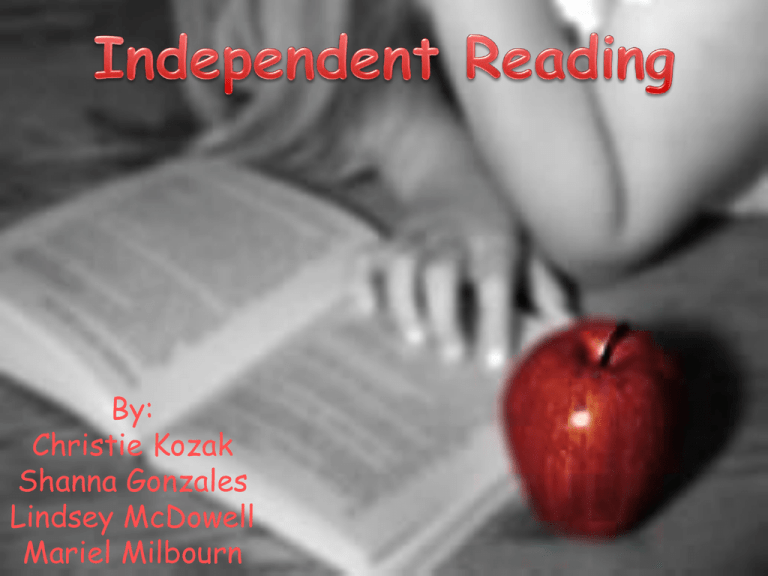
By: Christie Kozak Shanna Gonzales Lindsey McDowell Mariel Milbourn What is Independent Reading? • Independent reading is the reading students choose to do on their own. • Independent reading is done for information or for pleasure. A background according to AFT… Where are they now? • “At least 20 percent of elementary students do not read fluently enough to enjoy or engage in independent reading.” • “The rate of reading failure for African-American, Hispanic, limitedEnglish speakers and poor children ranges from 60 percent to 70 percent.” • One-third of poor readers nationwide are from college-educated families. Where should they be? • “A minimum goal for oral reading fluency can be established by taking the child’s age and multiplying by 10. For example 7-year-old second-grader should be reading around 70 words per minute.” • “By the end of third grade, children should read 100 words per minute in material at their independent reading level.” www.aft.org Why Should Students Independent Read? • Students’ reading achievement has been shown to be correlated with success in school and the amount of independent reading they do. • However, correlation does not mean causation, so there is still no evidence yet that proves independent reading causes better school achievement. • Yet, the research does suggest a correlation. • The number of minutes spent in out-ofschool reading, even if it was a small amount, correlated positively with reading achievement. What Did The Data Say Exactly? • Students who scored at the 90th percentile on a reading test spent five times as many minutes as children at the 50th percentile. • Reading books was the best predictive measure of reading achievement reading comprehension, vocabulary, and reading speed, including gains in reading comprehension between second and fifth grade. How Does Independent Reading Help Students? • Builds background knowledge. • Contributes to knowledge of text content and awareness with standard text structures. • Independent reading contributes to vocabulary growth. • Readers with a rich vocabulary understand content and appreciate the language used in well-written texts. NRP • The National Reading Panel individually examined 14 studies in detail on independent silent reading. • The studies emphasized silent reading procedures with students reading on their own with little or no specific feedback. • Studies found no positive relationship between having the students engage in independent silent reading with little guidance or feedback and improvements in reading achievement. What This Means? • NRP says that there is not enough research evidence that can prove that independent silent reading can lead to improved reading skills. • NRP is not saying that it absolutely cannot lead to improved reading skills. • They are simply saying that according to their study, it was not proven that it could. What About Research on Independent Reading With Feedback? • The Journal of Educational Psychology conducted a study to find what independent reading time activities were the most effective at boosting students’ reading growth. • The authors studied students in grades 2, 3, 4 and 6 over a year and had teachers use a series of different activities to be done in a 20 minute block following a normal 70-minute whole-class reading. Journal of Educational Psychology • This study found three interventions which had the significant impact: – individualized schema-based learning – conceptual learning – transactional learning The results were evident within 6 weeks of using one of these effective interventions, and were most effective for struggling readers. What Should The Teacher Do? • Become acquainted with children literature. • Studies show teachers who are not knowledgeable about children’s literature are more likely to produce students who do not like to read. Key Features of The Reading Process • Stage 1: • Stage 2: • Stage 3: • Stage 4: • Stage 5: Pre-reading Reading Responding Exploring Applying “Just Right” Books • Teaching students a method to choose their own reading books is essential. • Five Finger Rule • Three Finger Rule-for struggling learners Best Practices according to reading.org… 1. Teach reading for authentic meaning-making literacy experiences for pleasure, to be informed, and to perform a task. • 2. In other words: Make the students read for a reason; make reading mean something to them! Use high-quality literature. • Look for books with children’s literature awards. • http://www.dawcl.com/awards.html – Database of Award Winning Children’s Literature – Most given by the ALA “American Library Association” » John Newberry Award – Most distinguished » Randolph Caldecott Medal – Picture books » Pura Belprè Award – Latino cultural experience www.reading.org Best Practices according to reading.org… 3. Give students plenty of time to read in class. • Don’t leave independent reading solely up to library time! Students need time to read in class where they can receive guidance! 4. Give students direct instruction in decoding and comprehension strategies that promote independent reading. Comprehension Strategies • Model “Think alouds” • Questioning, predicting, summarizing, and clarifying www.reading.org Decoding Strategies • Sight words • Syllables • Morphemes References • • • • • • Anderson, R. C., P. Wilson, and L. Fielding. (1988) Growth in reading and how children spend their time outside of school. Retrieved from http://www.eric.ed.gov/PDFS/ED275992.pdf Clay, M. (1979) Reading: The patterning of complex behavior. 3d ed. Auckland, New Zealand: Heinemann Educational Bks. Cullinan, Bernice. (2000). Independent Reading and School Achievement. American Library Association. Retrieved from http://www.ala.org/ala/mgrps/divs/aasl/aaslp ubsandjournals/slmrb/slmrcontents/volume32 000/independent.cfm Durkin, D. (1966) Children who read early. New York: Teachers College Pr. Irving, A. (1980) Promoting voluntary reading for children and young people. Paris: UNESCO. American Psychological Association. (2011). Retrieved November 9, 2011 from the World Wide Web: www.apa.org. • • • • • Short, K. G., & Pierce, K. M. (1990) Talking about books: Creating literate communities. Portsmouth, N.H.: Heinemann. Tompkins, Gail. (2010) Literacy For The 21st Century, A Balanced Approach (5th edition). Upper Saddle River, NJ: Prentice-Hall. AFT Teachers. (1999). Teaching Reading is Rocket Science. Retrieved November 9, 2011, from the World Wide Web: www.aft.org/pdfs/teachers/rocketscience0304 .pdf. International Reading Association. (2002). What is Evidence-Based Reading Instruction?. Retrieved November 9, 2011, from the World Wide Web: http://www.reading.org/Libraries/Position_Sta tements_and_Resolutions/ps1055_evidence_b ased.sflb.ashx. The National Reading Panel Report. (2000). Summary Report. Retrieved November 9, 2011 from the World Wide Web: http://www.nichd.nih.gov/publications/nrp/u pload/smallbook_pdf.pdf.

